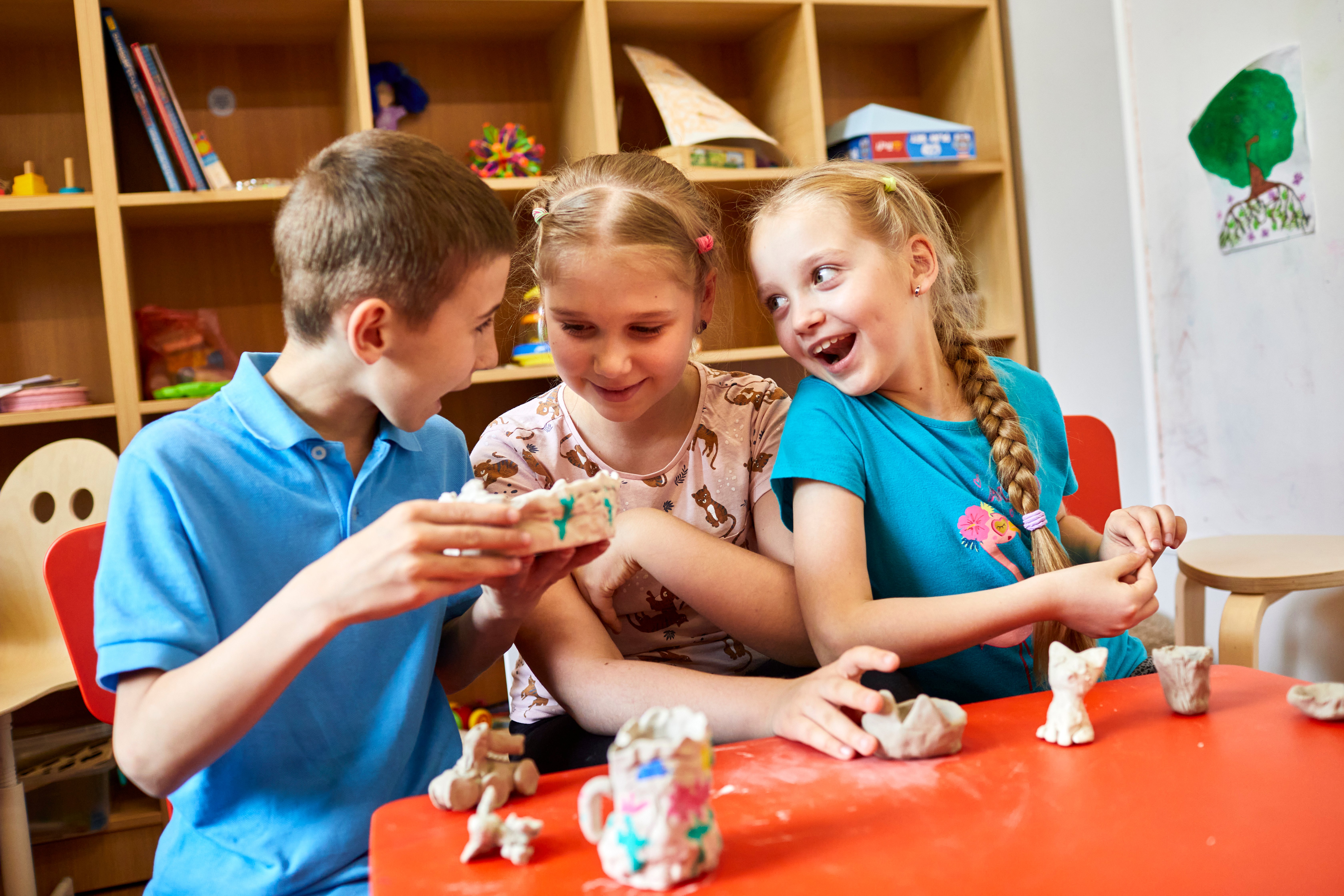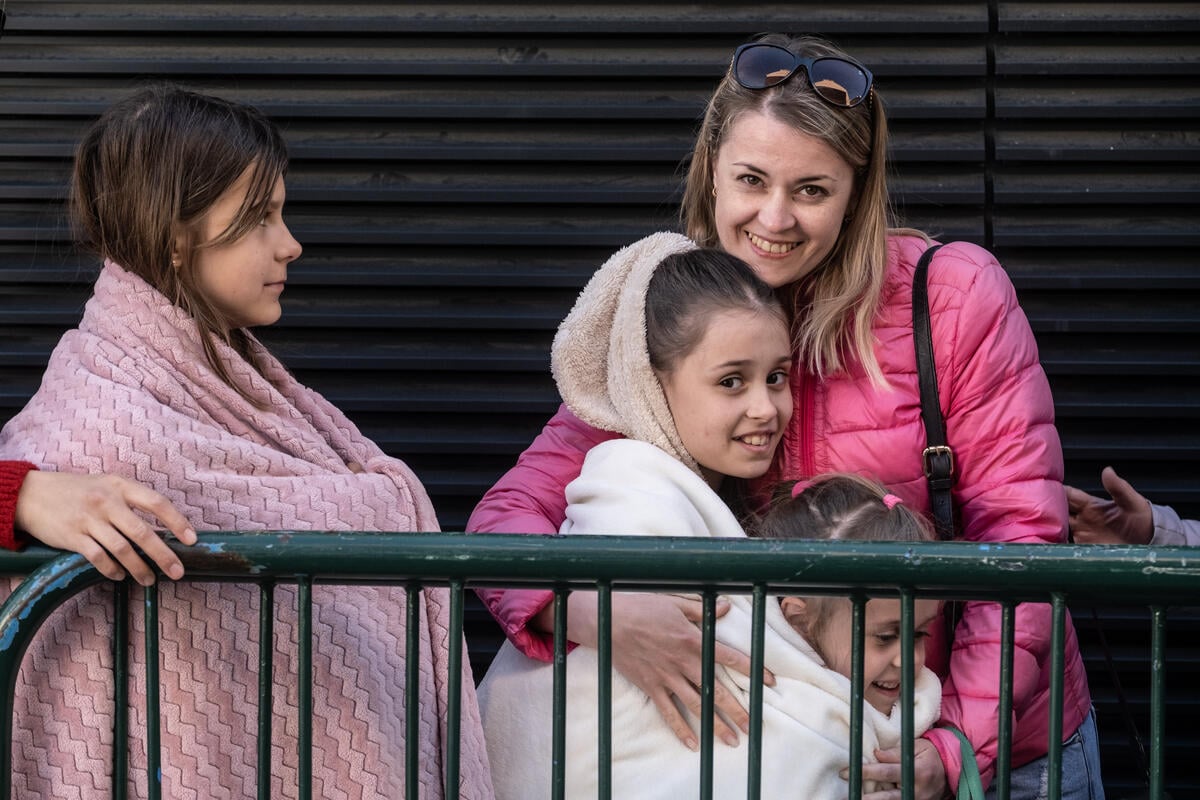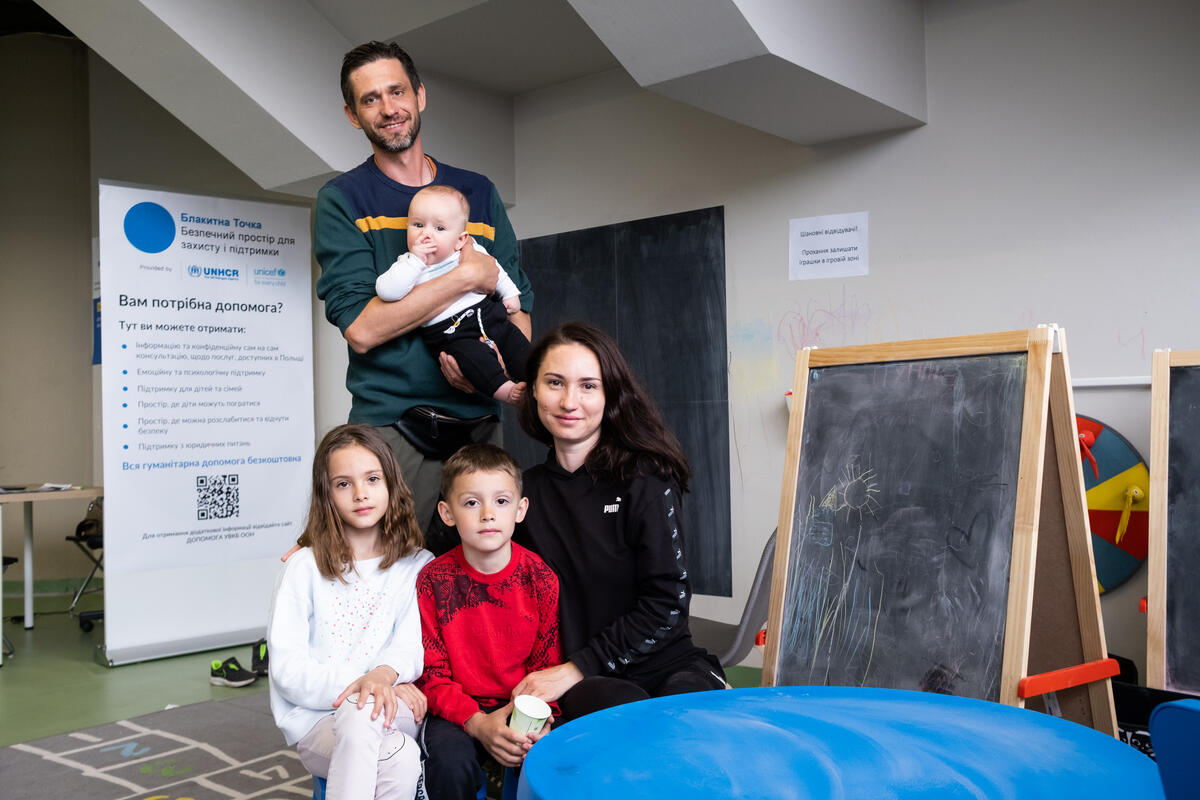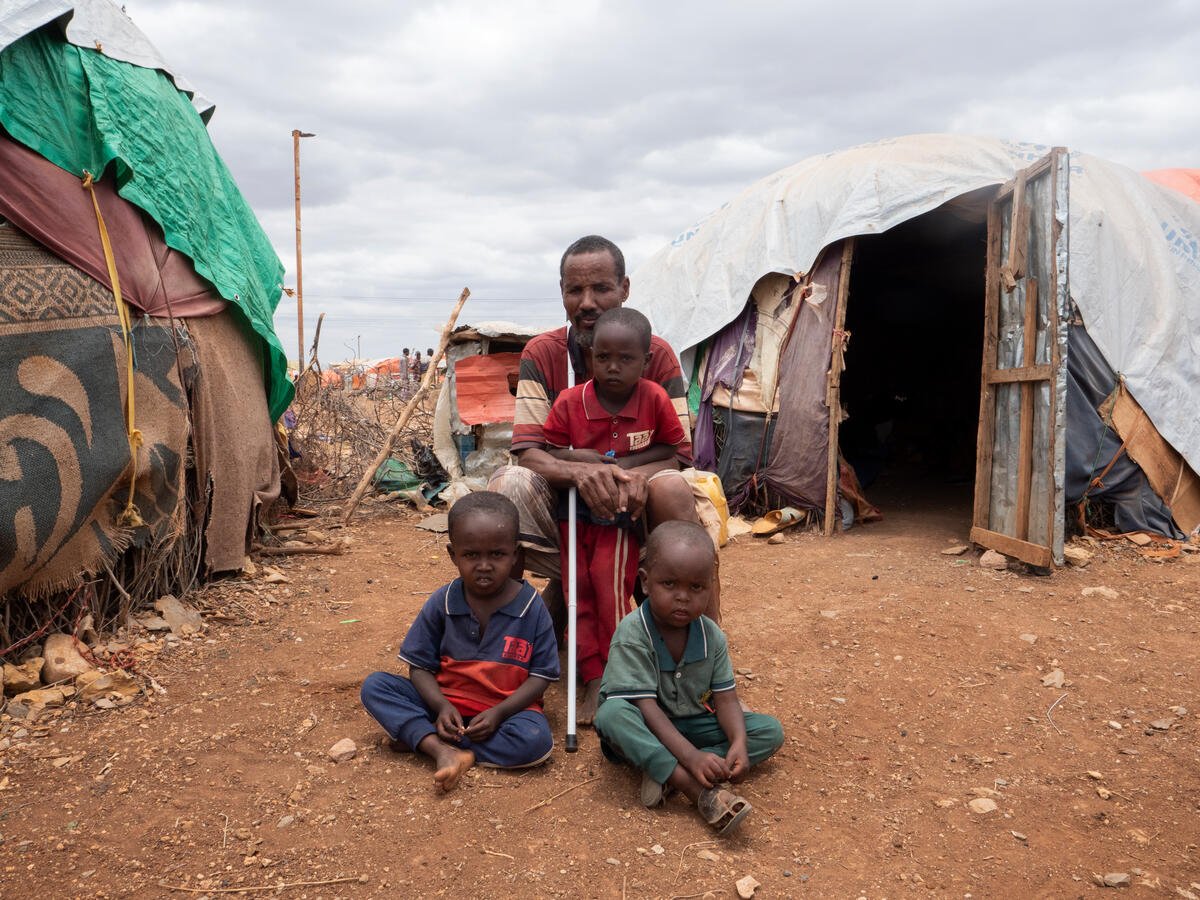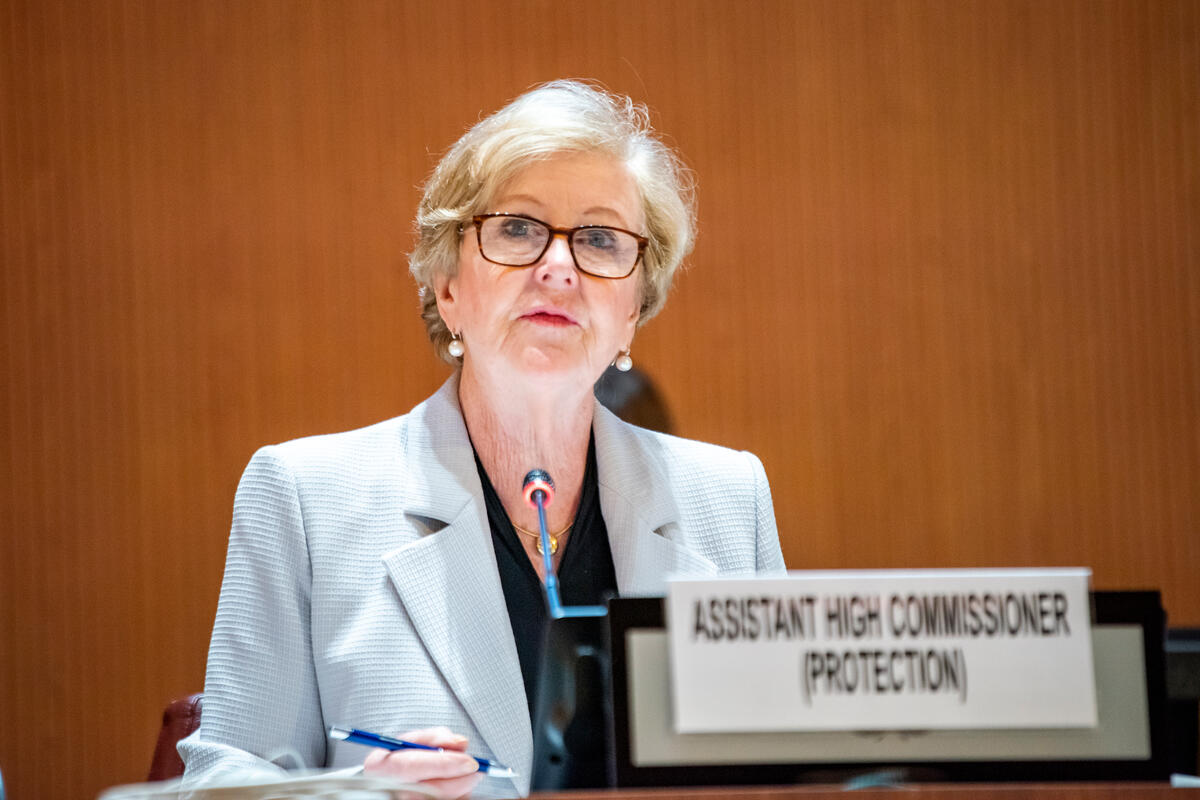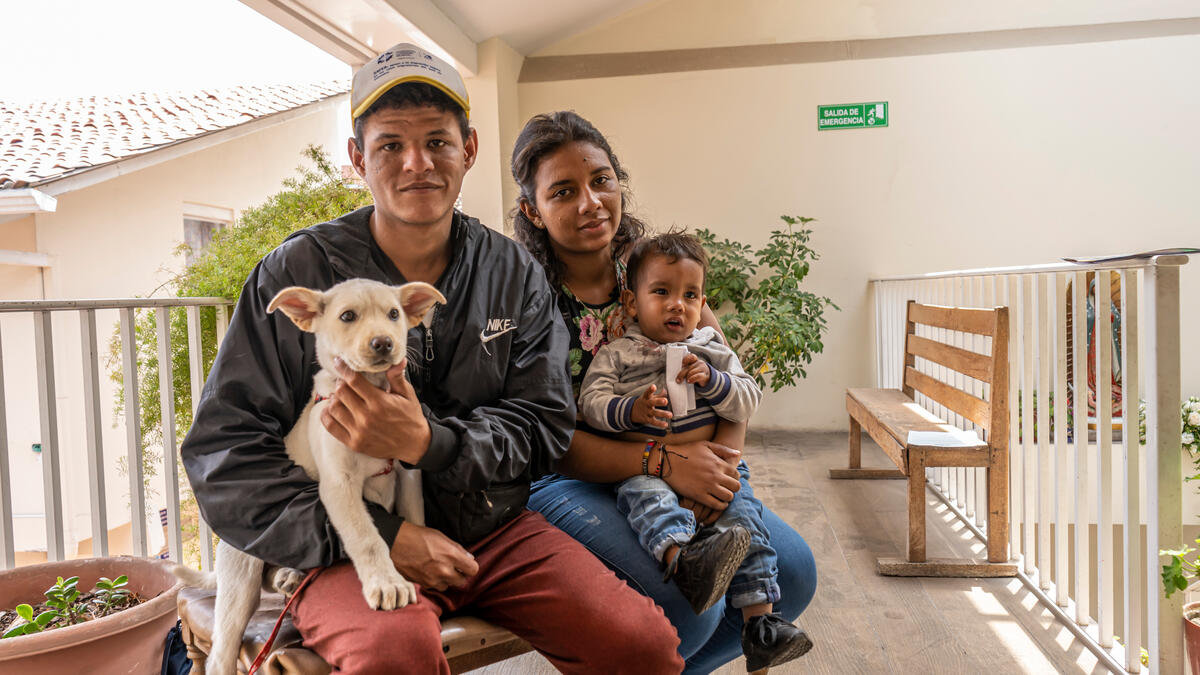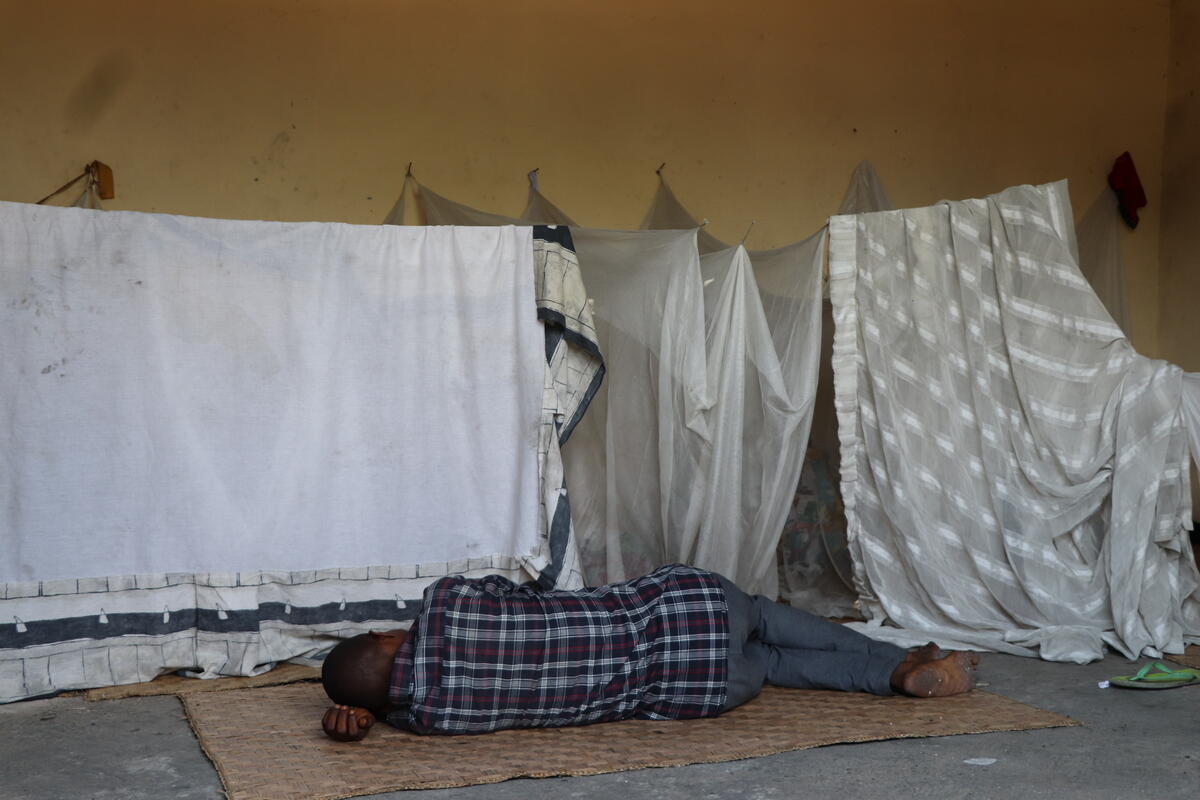School offers Syrian girls in Jordan the chance to flourish
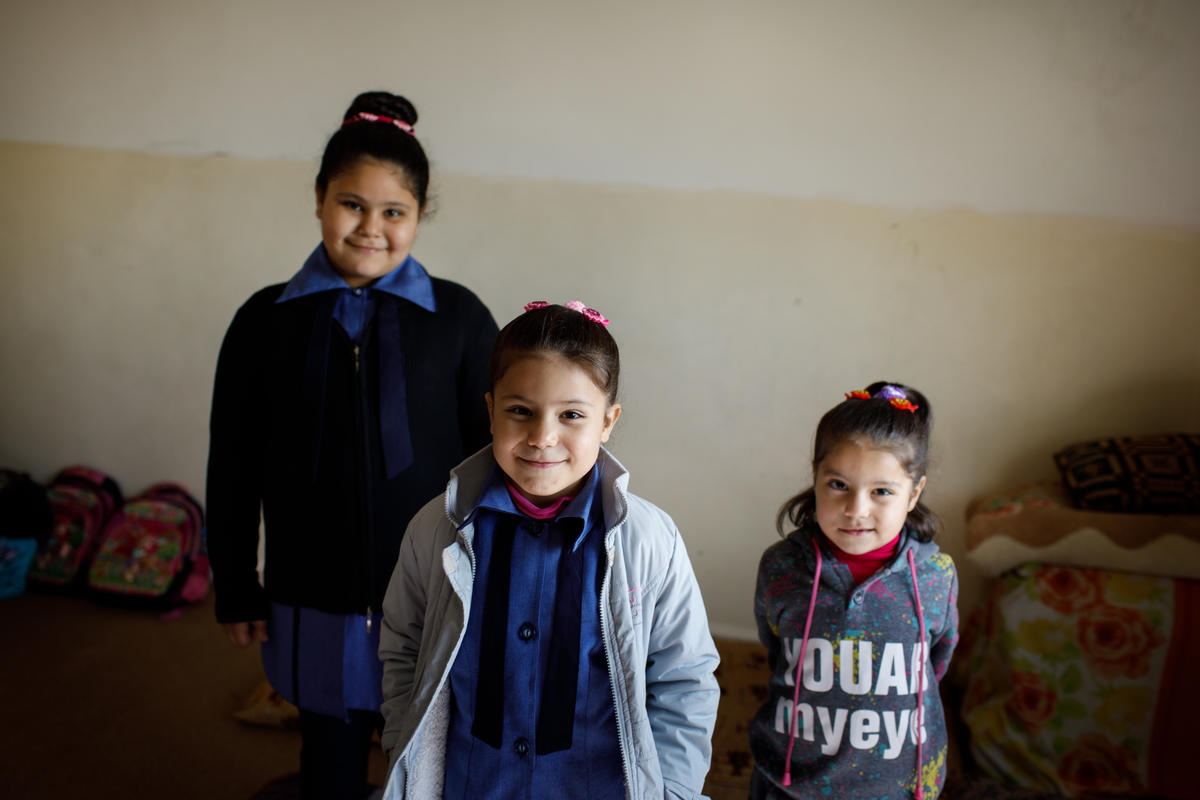
School offers Syrian girls in Jordan the chance to flourish
Eight-year-old Izdihar is a bundle of energy, and bounces out of bed most mornings eager to start her day. Except on Fridays, she says, when her local school is closed.
“[On Fridays] we wake up and do nothing. We just stay at home. School is way better than home,” she explains.
This attitude may not be typical of most children her age, but after she and her family fled Syria’s conflict in 2013 and spent the first few years as refugees in Jordan scrapping by on their dwindling savings, for a time it seemed that Izdihar may not get the chance to go to school at all.
Unable to find work for the first three years, Izdihar’s father Mohammad Alimar Kabour was hesitant to enrol his eldest daughter in school due to the cost. While public schools in Jordan are free for Syrian refugees, provided there is space available. But transport, equipment and other expenses can prove prohibitive for refugee families, the majority of which scrape by on less than US$3 per day.
That changed at the end of 2016, when Mohammed found a factory job in the capital Amman. He was able to secure a work permit, and with his earnings rented a small apartment close to a local primary school where Izdihar and her sister Alimar now attend classes.
He and his wife Noor are relieved that their girls are not only receiving an education, but flourishing at the top of their respective classes. Having both graduated high school themselves, as parents they understand the value of education, particularly for girls.
"Education is like a weapon, especially for women.”
“My husband and I love seeing our kids learn, so they can depend on themselves and find good jobs,” says Noor. “With education and learning, you can achieve your dreams. Education is like a weapon, especially for women.”
The statistics back this up. According to the World Bank, if all girls completed primary education then child marriage would fall by 14 per cent, while finishing secondary education would see that figure fall by a massive 64 per cent. Research shows that educated mothers are more likely to send their children – especially girls – to school, and that one additional year of education can boost a woman’s earnings by up to a fifth.
Jordan currently hosts more than 657,000 registered Syrian refugees. Of the 232,500 school-aged Syrian refugee children, 145,000 were enrolled in education last year, with enrolment rates among refugee girls higher than average at 66.2 per cent, compared with 62 per cent of all Syrian children.
Back in the apartment after his shift at the factory is over, Mohammad sits with his wife and daughters and together they go through their homework for the following day. He describes his satisfaction at seeing his children absorbed in their studies, and is thankful that despite their exile they still have the chance of an education.
“Of course Jordan is not like home. But we have safety and security that we cannot find in Syria,” he says. “Children in Syria are growing up with the sound of tanks and bombs, while here they’re growing up with pens, paper and books.”
This story is featured in "Her Turn", a new report from UNHCR that reveals that refugee girls at secondary level are only half as likely to enrol in school as their male peers, even though girls make up half of the school-age refugee population.





